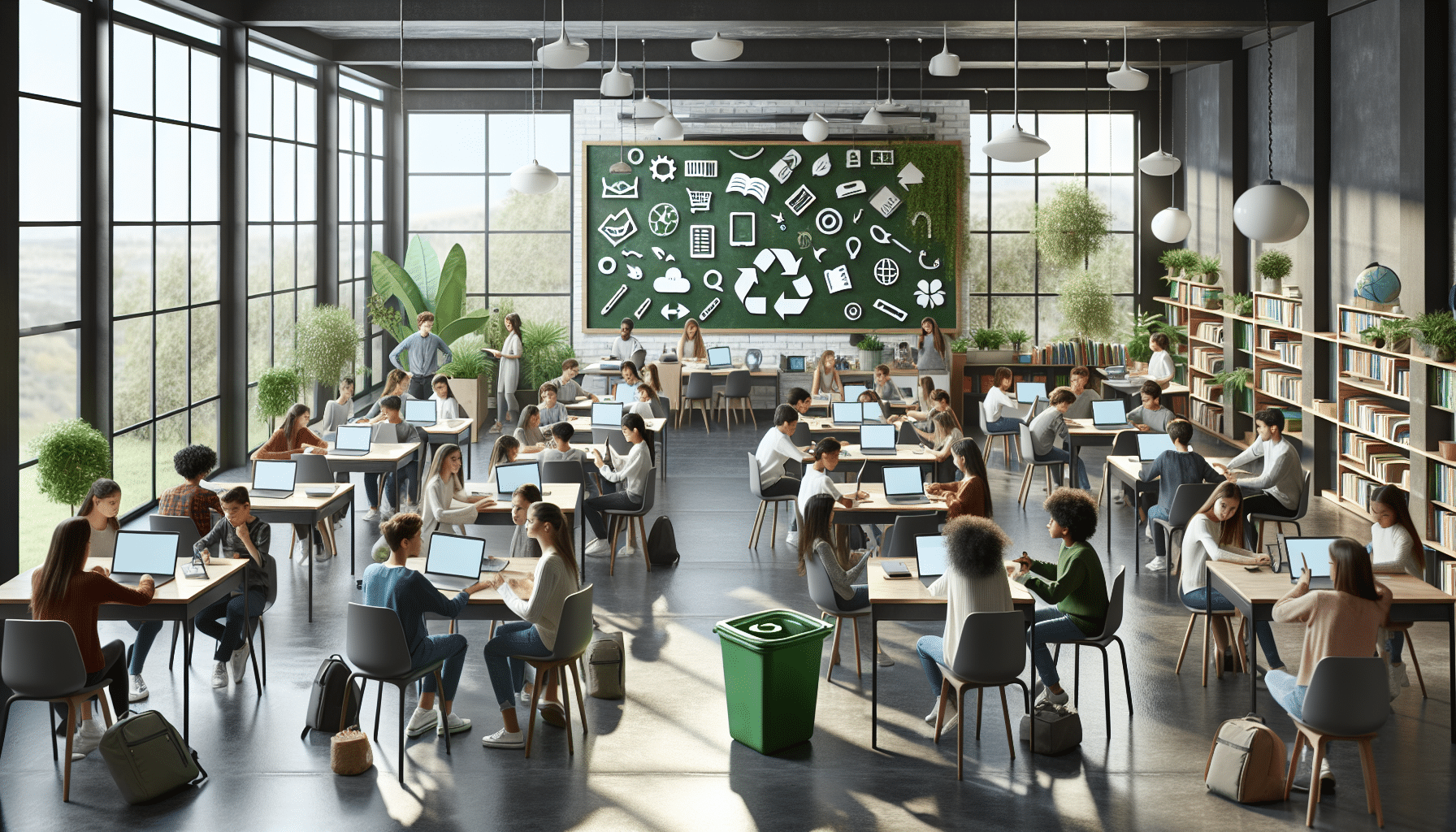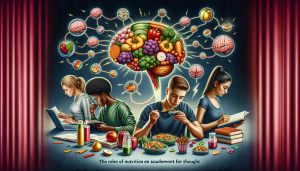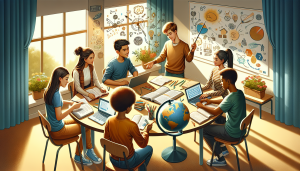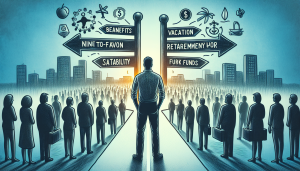The Paperless Classroom: Sustainability Meets Education
The Paperless Classroom: Sustainability Meets Education
In today’s digital age, paper has become a thing of the past. With the rise of technology, more and more schools and educational institutions are moving towards a paperless classroom. Not only does this have numerous benefits for the environment, but it also introduces new and innovative ways of learning for students.
The concept of sustainability has been gaining traction in the past few years, and for good reason. As we become more aware of the impact our actions have on the environment, it is vital that we make conscious efforts to reduce our carbon footprint. And what better place to start than in education, where the ideas and habits of the future are being shaped?
Enter the paperless classroom – a modern approach to learning that promotes sustainable practices while also enhancing the educational experience for students.
The Benefits of Going Paperless
The most obvious advantage of a paperless classroom is its positive impact on the environment. By reducing the use of paper, we are able to conserve trees, decrease air pollution from paper production, and minimize the amount of waste in landfills. According to the Environmental Protection Agency, paper and paperboard products accounted for 23.9% of municipal solid waste in 2017 alone.
But the benefits don’t stop there. Going paperless also has a significant impact on cost savings. Schools spend a significant amount of money on paper, ink, and printing supplies. By transitioning to a paperless classroom, these expenses can be drastically reduced, allowing for more budget allocation towards other resources and materials.
Innovative Learning Opportunities
Aside from its positive impact on the environment and budget, a paperless classroom also opens up new and exciting learning opportunities for students. With the use of technology, students can access a vast amount of information and resources at their fingertips. Online textbooks, interactive learning games, and educational videos are just a few examples of how technology can enhance the learning experience.
Moreover, a paperless classroom promotes a more interactive and collaborative learning environment. Through online platforms and tools, students can easily share and collaborate on projects with their classmates, making learning more engaging and dynamic.
Tips for Successfully Implementing a Paperless Classroom
Transitioning to a paperless classroom may seem like a daunting task, but with the right approach, it can be easily achieved. Here are a few tips to help you successfully implement a paperless classroom:
- Invest in the necessary technology and tools, such as laptops, tablets, and interactive whiteboards.
- Train teachers and staff on how to effectively use technology in the classroom.
- Keep communication open with parents and students, and provide them with resources for going paperless at home.
- Establish guidelines and procedures for submitting and grading assignments digitally.
- Regularly back up and secure important documents and files.
The Future of Education
The paperless classroom is no longer a far-fetched idea, but a reality that many schools are already embracing. It not only aligns with the principles of sustainability but also prepares students for a tech-driven world. By going paperless, we are not only taking a step towards a greener future, but we are also revolutionizing the way we educate and engage our students.
As the old saying goes, “children are the future.” By incorporating sustainable practices such as a paperless classroom into education, we are teaching our children the importance of protecting the environment and inspiring them to be agents of change.
In conclusion, the paperless classroom is a win-win for both the environment and education. It is a small yet powerful step towards creating a more sustainable and innovative future for generations to come.










